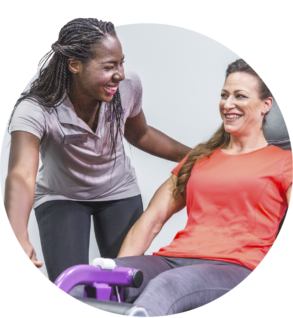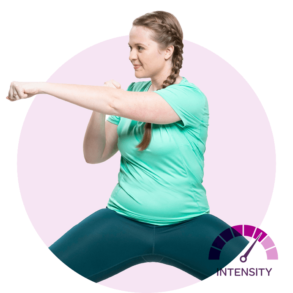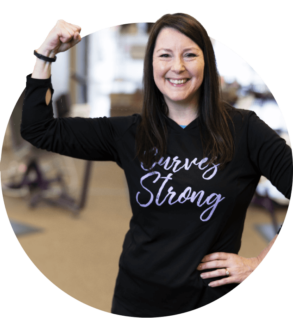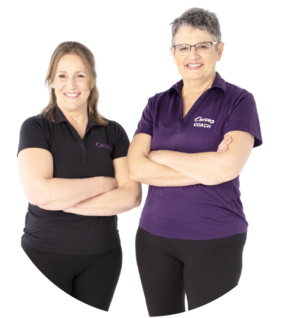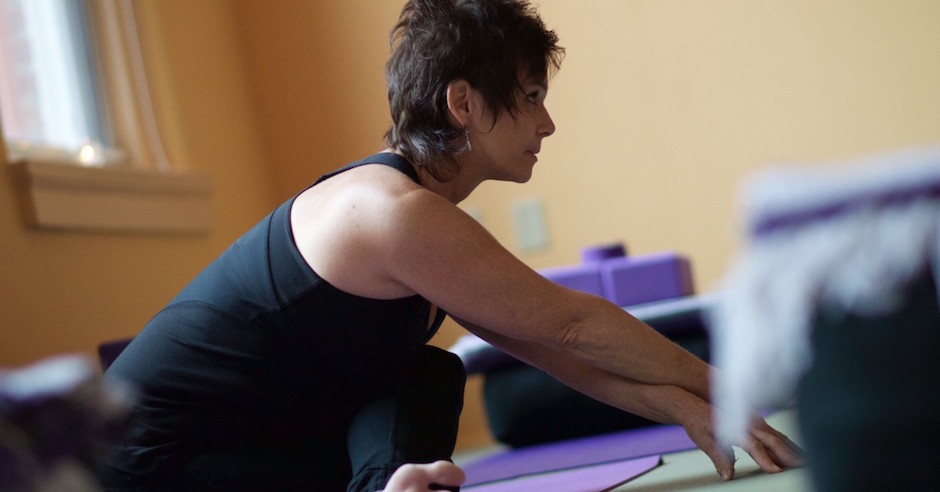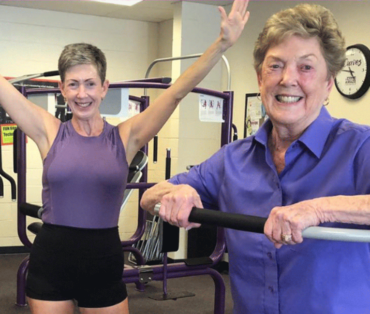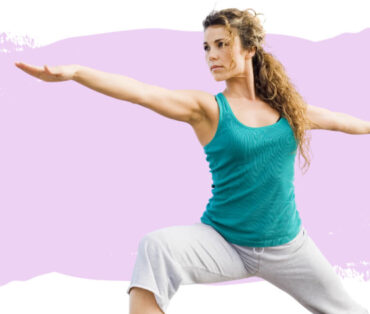How Flexible Are You?
Flexibility is one of the most undervalued, overlooked element of optimal fitness. We know the importance of cardiovascular activity for boosting heart health and burning calories, and we love how strength training builds a strong, toned body. But when it comes to stretching and flexibility—the third component of total fitness—the payoff is not so palpable, though it is equally important.
“As we get older, the area around our joints becomes dry and less flexible,” says Pamela M. Peeke, MD, author of Body for Life for Women: A Woman’s Plan for Physical and Mental Transformation, “Stretching helps ‘grease’ the joints, so to speak.”
Testing Your Flexibility
So, are you as flexible as you should be? Peeke recommends this very simple test: Get down on the floor and try to get up. If you can get up easily, you’re in good shape; if you struggle, you’ll want to start stretching regularly or increase the amount that you’re currently doing. “Getting up off the ground requires both strength and flexibility,” says Peeke, who also suggests that you think about your flexibility in functional terms: How easy is it to do simple things such as bend over to tie your shoes, get out of bed in the morning and walk to the bathroom to brush your teeth, hike a trail? If these activities feel uncomfortable or hindered by tightness in muscles or joints, make a commitment to stretch regularly—at Curves and throughout the day. “When you get up from a chair, take a minute to stretch,” she says.
The Benefits of Being Flexible
Many people carry tension in their hamstrings and lower back muscles, which can lead to lower back pain and poor posture. Stretching can release that tension, help restore posture, and prevent lower back pain. Moving beyond those muscle groups to stretch your body from head to toe will help prevent loss of motion throughout and can increase joint mobility, giving you greater range of movement for all physical activity.
When muscles are flexible, daily activities become easier. Lifting groceries, putting those groceries away in your cupboard, picking up your child or grandchild, even getting out of bed in the morning—all of this is easier when your muscles are stretched.
Do you enjoy golf, tennis, swimming, or perhaps kickball with the kids in the backyard? Flexibility provides the range of motion you need for your best swing, stroke, or kick, and it helps prevent injury by allowing fluid movement of joints and muscles during physical activity. Post-activity, stretching helps relieve tension and soreness.
Stretching is even good for your mind, encouraging mental and emotional relaxation as it releases tension from your muscles. At the end of a Curves workout, it offers an opportunity for you to enjoy conversation and camaraderie with your fellow Curves friends.
Flexing Your Muscle at Curves
Whether you are a regular on the traditional Curves circuit or you frequent the specialty classes like Boxing‡, or Balance,‡ you’ll finish off your workout with stretches from head to toe for complete and balanced flexibility. As you stretch each muscle group, make sure you follow these important guidelines:
– Don’t bounce, gradually move into the stretch to the point where you feel a slight pull on the muscle, but not to the point of pain.
– Hold each stretch for 15 seconds; release and repeat two to four additional times.
– Stretch both sides of your body to prevent an imbalance.
– Keep breathing; don’t hold your breath during stretching.
The Curves women’s gym workout is convenient, combining strength training and cardio plus stretching – all in just 30 minutes – to strengthen your whole body. For more information about Curves and the full body workouts the Curves Circuit provides, visit ‘Why Curves‘.

